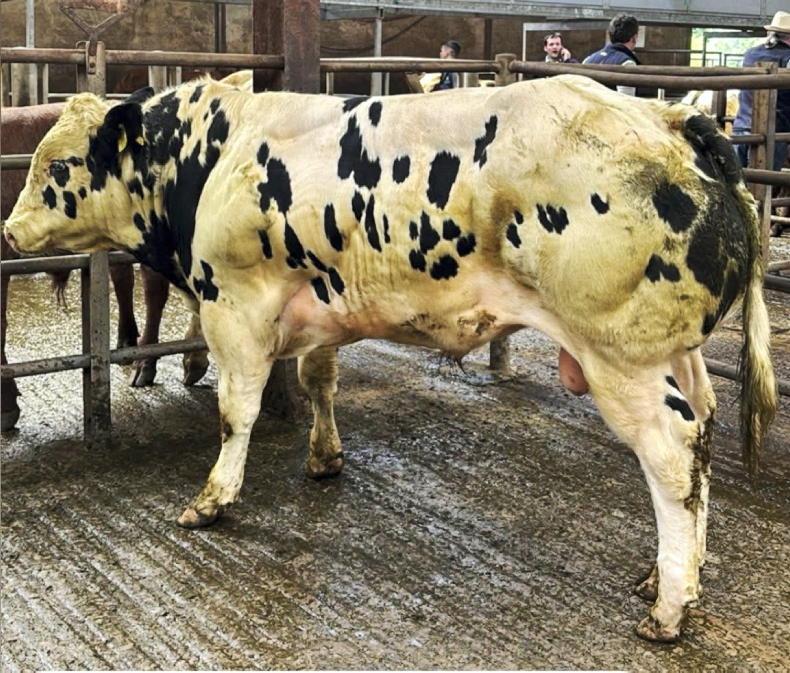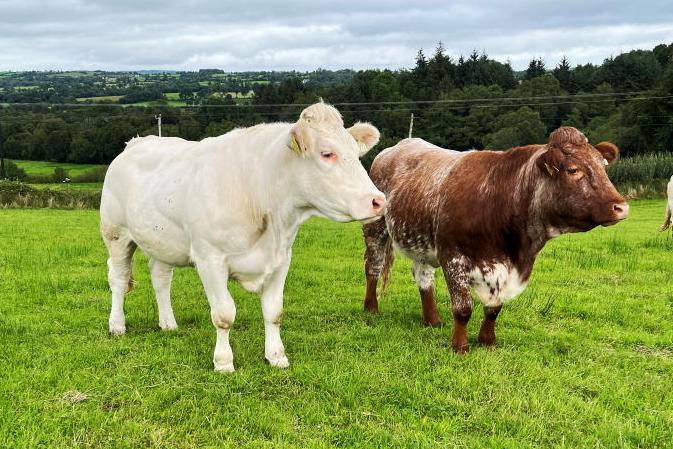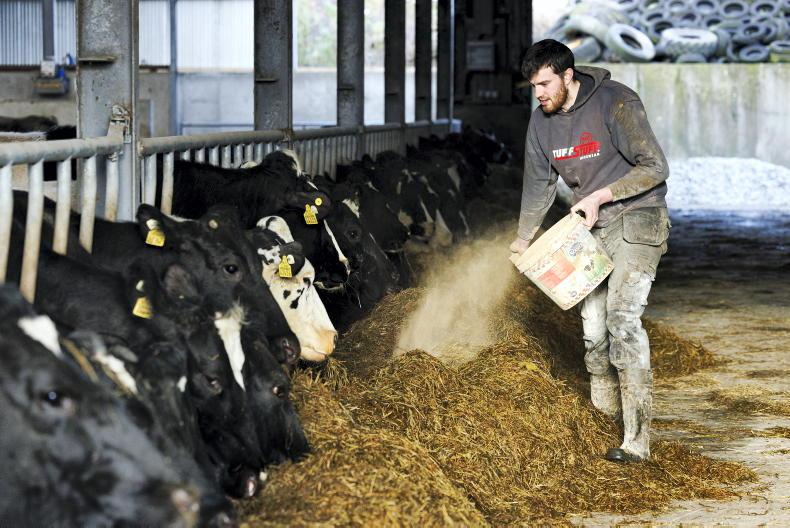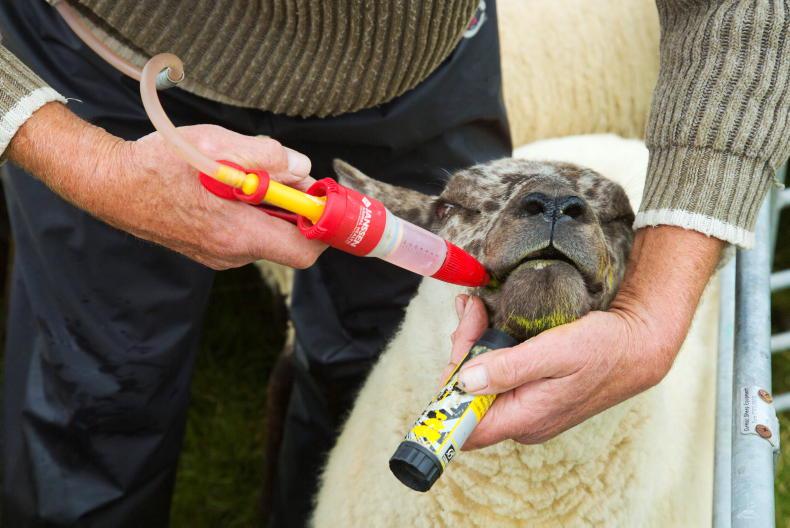At the end of 2021 I had a very poor scanning result with my autumn calving cows and heifers.
Things like this bug me and I like to try and find out what the problem was and make sure that it doesn’t happen again.
After writing about it in the Irish Farmers Journal I received a lot of feedback from other farmers who had experienced similar problems. It was very useful to talk this through, and to hear how others had dealt with their difficulties.
Most suggested that it was a mineral issue, with copper, iodine and selenium being mentioned as possible reasons.
While these are valid explanations, I had tried to ensure the cattle were covered for minerals. The heifers had received a mineral bolus and both heifers and cows were fed meal throughout the breeding season. The cows were fed powdered minerals as well.
I started to wonder if there was some other issue related to the silage that they were being fed, and whether there was some deficiency there.
So with breeding about to start on the 31 dairy heifers that I contract rear, I needed to find out if there was a problem.
Samples
I initially took some random blood samples from my own animals that turned out not in-calf this past winter, and I also took some blood samples from younger heifers that I intend to breed this spring. I also got the silage tested.
Unfortunately, this all took a bit of time and I had to get on with breeding the dairy heifers, while worrying that there was some underlying issue on the farm.
Eventually all the results came back and to my shock there was no mineral deficiency with either the bloods or the silage analysis. While this was good news, it meant I was no closer to solving the fertility issues I had experienced with my autumn calving animals.
Poor skills
After considering this for a while the only logical conclusion I could think of was that it was down to my poor artificial insemination (AI) skills.
I have been doing my own AI work for over 20 years and I have never had any issues before, but there was that lingering doubt in my mind.
I did not want to let someone else down (namely the dairy farmer who owned the heifers I was trying to get in-calf).
All seemed to be going well with breeding these heifers, but then again, I thought the same when AI’ing my own cattle last year.
I worked away at the dairy heifers, with very few repeating, but there was a niggling voice in the back of my head. While my heifers and cows were still fairly valuable even though they turned out not to be in-calf, it is a different story with the dairy heifers.
Scanned
A few weeks ago, we got the dairy heifers scanned and to my surprise they were all in-calf and all fairly close together. To say that I was relieved was an understatement.
The only problem (if you could call it a problem) is that I am no closer to finding out why I had fertility issues in my own animals.
A few of the farmers that contacted me said that they have had a fertility issue on occasions and were not able to nail it down to anything in particular.
There were even a couple who had been using a bull and still had serious issues.
I am probably never going to get a definitive answer to what happened in my own situation. It looks like I just have to take it on the chin and move on from it. At the very least, I’m glad that I have been able to rule out some of the chief suspects.
Read more
Farmer Writes: stung by empty rate in autumn cows
Watch: identifying cow traits down the generations
At the end of 2021 I had a very poor scanning result with my autumn calving cows and heifers.
Things like this bug me and I like to try and find out what the problem was and make sure that it doesn’t happen again.
After writing about it in the Irish Farmers Journal I received a lot of feedback from other farmers who had experienced similar problems. It was very useful to talk this through, and to hear how others had dealt with their difficulties.
Most suggested that it was a mineral issue, with copper, iodine and selenium being mentioned as possible reasons.
While these are valid explanations, I had tried to ensure the cattle were covered for minerals. The heifers had received a mineral bolus and both heifers and cows were fed meal throughout the breeding season. The cows were fed powdered minerals as well.
I started to wonder if there was some other issue related to the silage that they were being fed, and whether there was some deficiency there.
So with breeding about to start on the 31 dairy heifers that I contract rear, I needed to find out if there was a problem.
Samples
I initially took some random blood samples from my own animals that turned out not in-calf this past winter, and I also took some blood samples from younger heifers that I intend to breed this spring. I also got the silage tested.
Unfortunately, this all took a bit of time and I had to get on with breeding the dairy heifers, while worrying that there was some underlying issue on the farm.
Eventually all the results came back and to my shock there was no mineral deficiency with either the bloods or the silage analysis. While this was good news, it meant I was no closer to solving the fertility issues I had experienced with my autumn calving animals.
Poor skills
After considering this for a while the only logical conclusion I could think of was that it was down to my poor artificial insemination (AI) skills.
I have been doing my own AI work for over 20 years and I have never had any issues before, but there was that lingering doubt in my mind.
I did not want to let someone else down (namely the dairy farmer who owned the heifers I was trying to get in-calf).
All seemed to be going well with breeding these heifers, but then again, I thought the same when AI’ing my own cattle last year.
I worked away at the dairy heifers, with very few repeating, but there was a niggling voice in the back of my head. While my heifers and cows were still fairly valuable even though they turned out not to be in-calf, it is a different story with the dairy heifers.
Scanned
A few weeks ago, we got the dairy heifers scanned and to my surprise they were all in-calf and all fairly close together. To say that I was relieved was an understatement.
The only problem (if you could call it a problem) is that I am no closer to finding out why I had fertility issues in my own animals.
A few of the farmers that contacted me said that they have had a fertility issue on occasions and were not able to nail it down to anything in particular.
There were even a couple who had been using a bull and still had serious issues.
I am probably never going to get a definitive answer to what happened in my own situation. It looks like I just have to take it on the chin and move on from it. At the very least, I’m glad that I have been able to rule out some of the chief suspects.
Read more
Farmer Writes: stung by empty rate in autumn cows
Watch: identifying cow traits down the generations










SHARING OPTIONS